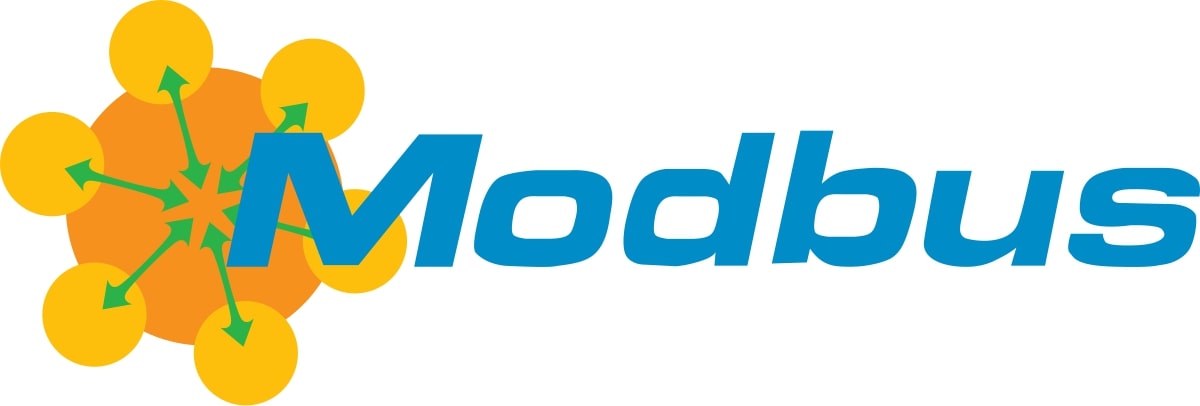General Overview
Security
📘 What is Modbus?

Modbus is a communication protocol commonly used in building systems to allow devices like meters to exchange data. It was developed in 1979 and is still widely used today.
Modbus defines how data is transmitted between devices over serial lines (RTU) or over IP (TCP). Onboard supports Modbus TCP, which allows devices to communicate over a local network using Ethernet or Wi-Fi.
Accessing Modbus Data
To access data from a Modbus device, you need to know:
- The IP address and port of the device (for Modbus TCP; usually port 502)
- A vendor-provided Modbus Register Map defines what each register represents for a particular device.
- The data type (e.g., integer, float, boolean) and unit for each point
